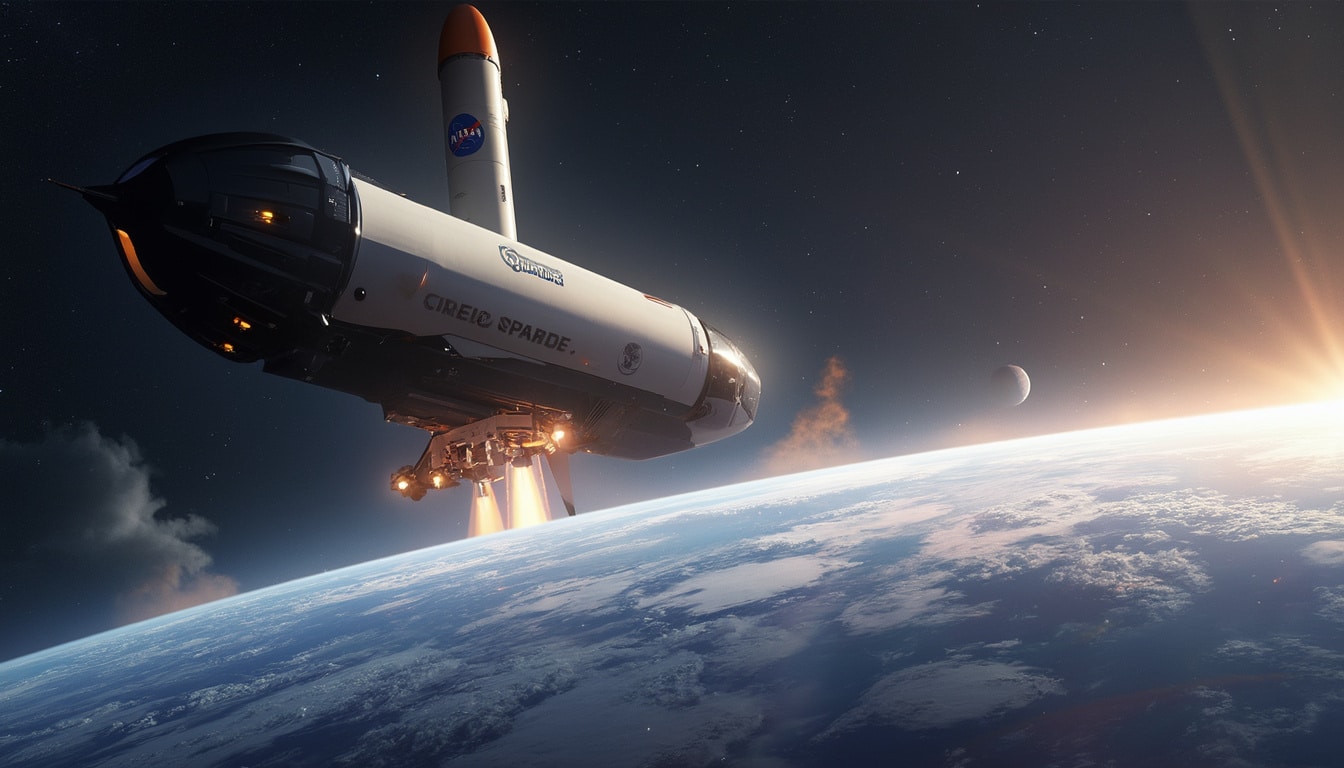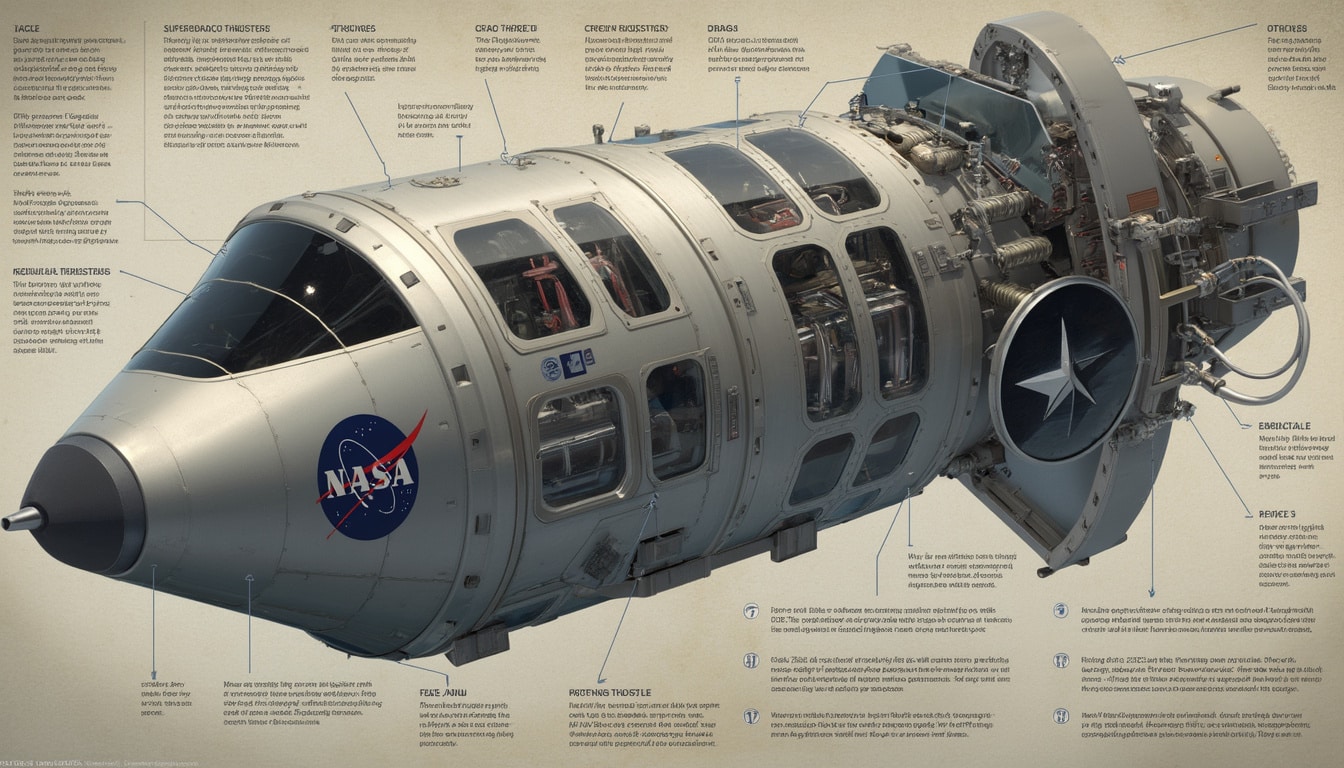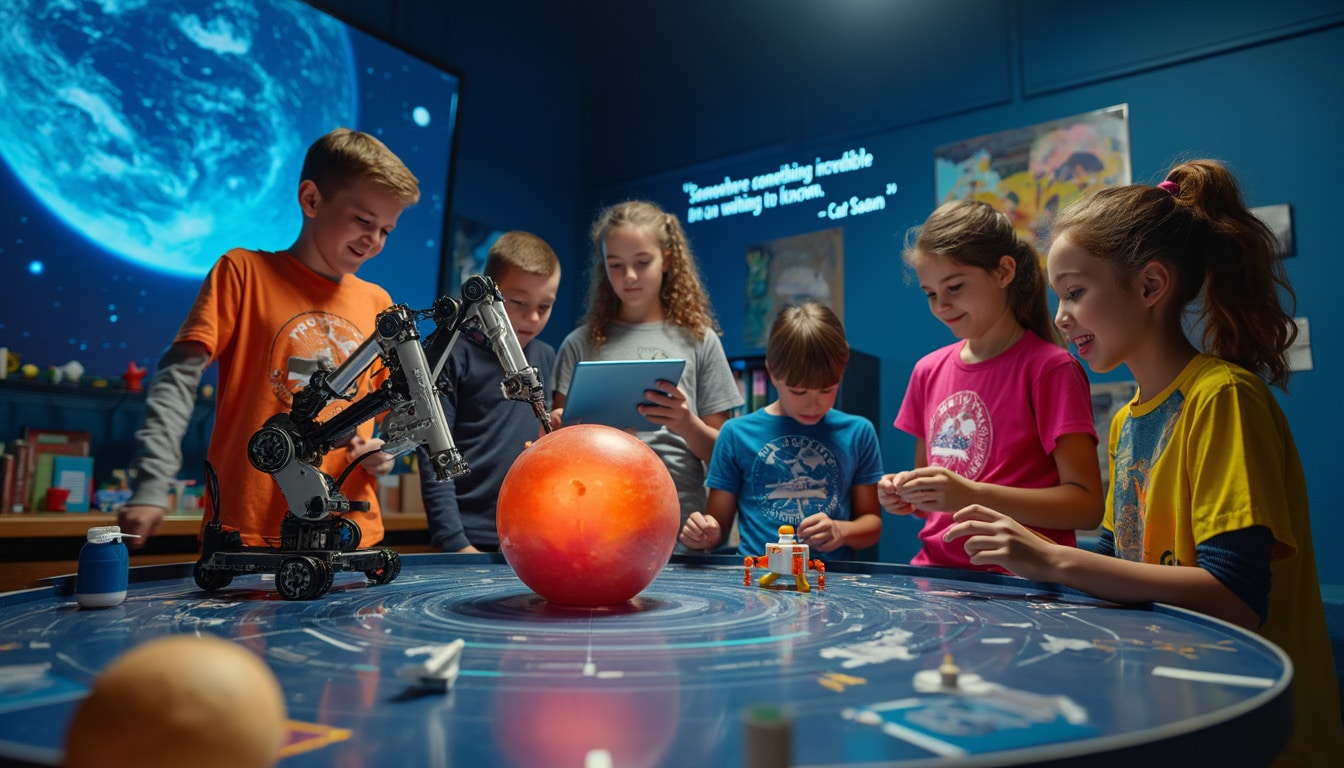The collaboration between NASA and SpaceX continues to redefine the boundaries of human spaceflight, as they gear up for the much-anticipated Crew-10 mission. Launched aboard the state-of-the-art Crew Dragon spacecraft, this mission marks another milestone in the ongoing partnership aimed at transporting astronauts to the International Space Station (ISS). This article explores the details surrounding the mission, the innovative technologies being employed, and the significant implications for commercial space travel.
As the countdown begins, excitement builds around the Crew-10 mission, which not only showcases advanced technology but also signifies a leap forward in space exploration. The preparations have been meticulous, aligning with NASA’s long-term goals to make space accessible for future generations. The partnership with SpaceX, led by visionary CEO Elon Musk, has opened new avenues for exploration, investigation, and discovery.
Understanding the Crew-10 Mission
The Crew-10 mission represents a collaborative effort between NASA and SpaceX, focusing on human spaceflight. It is designed to transport a diverse crew to the ISS, where they will engage in a variety of scientific experiments and research. But what does this mission entail? What preparations are in place for a successful launch?

What is the Crew-10 Mission?
The Crew-10 mission is part of NASA’s Commercial Crew Program, initiated to enable safe, reliable, and cost-effective crew transportation to the ISS and beyond. Aboard the Crew Dragon spacecraft, astronauts will perform tasks that include maintenance checks, experiments for biological and physical sciences, and technology demonstrations aimed at future space exploration.
Role of NASA and SpaceX in the Mission
NASA has been at the forefront of space exploration for decades, and its collaboration with SpaceX has revolutionized the landscape of commercial space travel. SpaceX, renowned for its innovative launch vehicles, provides the necessary technology and support for these missions. The Crew-10 mission is a testament to what can be achieved when public and private sectors unite for a common goal.
Training and Preparation
Training for the Crew-10 astronauts has been extensive. This process includes simulations, safety training, and familiarization with the Crew Dragon systems. The astronauts also undergo physical fitness regimes to ensure they are in peak condition for the journey and subsequent missions on the ISS. The meticulous attention to detail in training stages reflects the high stakes involved in human space travel.
Technological Innovations Behind Crew-10
At the heart of the Crew-10 mission is the remarkable technology embedded within the Crew Dragon spacecraft. This highly advanced vehicle is capable of carrying up to seven astronauts and is equipped with state-of-the-art systems that ensure safety and efficiency during the flight to orbit.

Crew Dragon Features
The Crew Dragon spacecraft includes advanced life support systems, touch-screen controls, and automated docking capabilities, allowing it to autonomously dock with the ISS. These innovative features enhance both the safety and success of the crew on their mission.
Launch and Recovery Systems
Launch and recovery systems are significant components of the mission. SpaceX utilizes the Falcon 9 rocket for launch, a proven vehicle that has successfully deployed multiple payloads into orbit. The recovery aspect, too, is remarkable, with the spacecraft designed to return safely to Earth, ensuring the astronauts’ safe return after their mission.
Future Prospects for Human Spaceflight
The Crew-10 mission sets the stage for future human spaceflight initiatives. This mission is not just about reaching the ISS; it also lays the groundwork for long-duration missions to destinations like Mars. The data and experience gathered from these missions will be invaluable for upcoming exploratory endeavors.
The Journey Ahead: Timeline and Expectations
As the launch date draws nearer, a detailed timeline has been established. Coordinating with various international partners, NASA and SpaceX work tirelessly to ensure that every aspect of the mission is in place for a successful launch.
Dedicated Launch Schedule
The Crew-10 launch is set to take place at the Kennedy Space Center, a historic site and a hub for space exploration. The precise timing of the launch is crucial, as it depends on orbital mechanics and the alignment of the ISS.
What to Expect During the Mission
Once launched, the Crew Dragon spacecraft will spend approximately 24 hours in transit to the ISS. During this time, the crew will conduct critical health checks and test the spacecraft’s systems. Upon arrival, they will engage with their colleagues aboard the ISS and commence their research.
Post-Mission Analysis
After returning to Earth, a thorough analysis of the mission will take place. This includes reviewing data collected during the flight, the performance of the spacecraft, and feedback from the crew. The lessons learned from Crew-10 will be vital for refining future missions, enhancing safety, and improving operational procedures.
The Impact of NASA and SpaceX Collaboration
The partnership between NASA and SpaceX has not only advanced the capabilities of space launches but has also inspired a new generation of scientists, engineers, and enthusiasts. This collaboration signifies a shift towards a future where space is more accessible to humanity.

Inspiring Future Generations
The Crew-10 mission serves as an excellent source of inspiration for young people around the globe. As they witness humans traveling into space, they are motivated to explore careers in STEM fields. Educational programs, outreach activities, and competitive challenges are all part of the initiative to pique their interest in the sciences, especially in fields related to aerospace engineering.
Commercial Space Travel’s Future
This mission represents a stepping stone in the evolution of commercial space travel. As private companies like SpaceX continue to innovate, the landscape of space exploration will expand. Future missions may include tourism ventures, cargo transport, and even the establishment of permanent bases on the Moon or Mars.
NASA as a Catalyst for Innovation
NASA’s role in the commercial space sector serves as a catalyst for innovation. Collaborative projects encourage advancements in technology, efficiency in operations, and safety protocols. This type of partnership fosters an environment where ground-breaking ideas can flourish, significantly improving humanity’s prospects for reaching further into space.
Conclusion
As the Crew-10 mission unfolds, the collaboration between NASA and SpaceX highlights the importance of unity in face of profound challenges. With an eye towards the future, their shared ambition transcends mere transportation; it’s about exploration, discovery, and the unyielding human spirit’s quest for knowledge. As humanity prepares for this journey, it’s clear that the universe holds endless possibilities, and together, we will continue to reach for the stars.
| Feature | Description | Significance |
|---|---|---|
| Crew Dragon | A spacecraft designed for human spaceflight. | Enabled reliable transport of astronauts to ISS. |
| Falcon 9 Rocket | Launch vehicle used for Crew-10. | Proven track record for delivering payloads to orbit. |
| Mission Duration | Expected 24 hours to ISS. | Critical for understanding long-duration missions. |




Leave a Reply